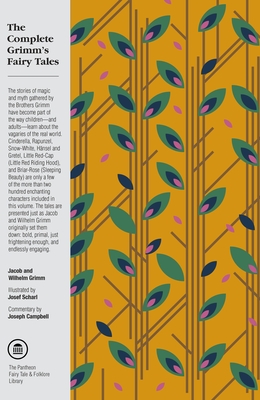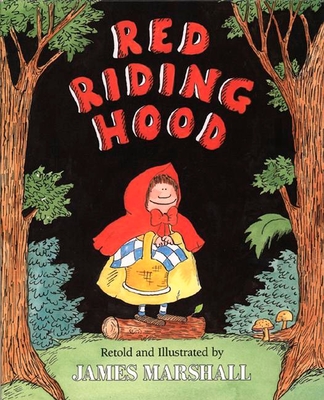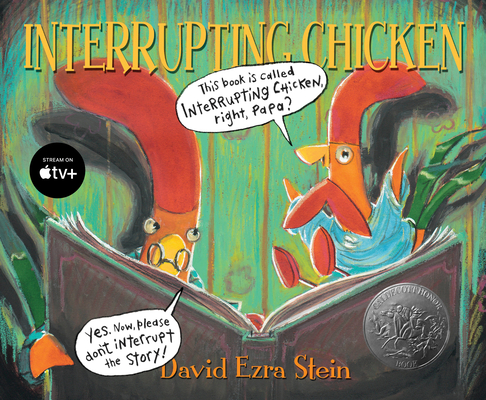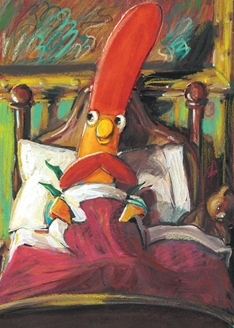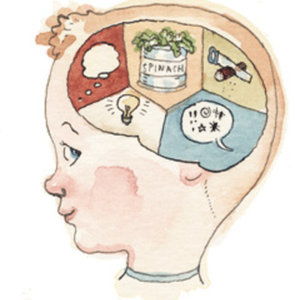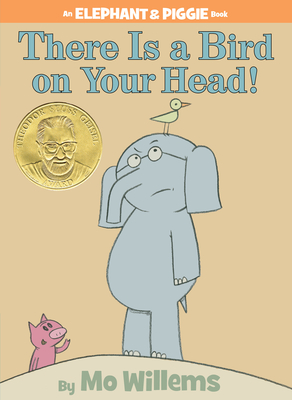Every time I read a new book to my daughter at bedtime, there’s always this unspoken hope that the book will really connect with my small, trapped-under-her-covers audience and maybe become a recurring favorite. At the most, I’m hoping for a big smile, a “that was good!” affirmation, or perhaps even the highest compliment she can pay – a pre-emptive request to read the book again tomorrow night. But, very, very rarely do I get a really BIG, really explosive reaction to a bedtime book, and, when that actually happens, it is a rare and wondrous thing to behold. And I got that precious over-the-top reaction just the other night when we sat down to read Press Here by Hervé Tullet.
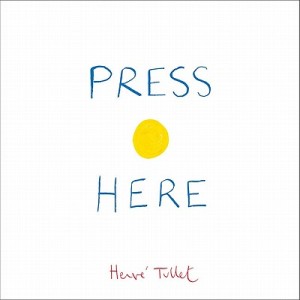
If you're using an iPad, go ahead and try pressing this to see if anything happens. It won't, but give it a shot.
It was a monster hit, a sensation. We literally had to read it three times before she’d even let me take it out of her hands.
And it’s a fairly amazing book because it doesn’t wow its audience with a story or with particularly flashy illustrations, but rather it draws readers in with interactivity, with humor, and with that drive that comes with all printed books – the drive to see what happens next, to see what’s happening on the next page.
While discussing Brian Selznick’s The Invention of Hugo Cabret a few years ago (which is another astonishing read that you should definitely include in your home library), Roger Sutton, the editor in chief of Horn Book Magazine, wrote this eloquent description of the power of page-turns that has stuck with me ever since.
A page-turn can be a surprise sprung by the reader, a powerful narrative element that physically involves us in the story. It tells us what power is particular to books. As far as I can figure, the printed book is the only medium that requires such a manipulation of gravity and that asks us, repeatedly, to go on.
Hervé Tullet definitely understands the power of the page-turn surprise, and Press Here utilizes page-turns exceedingly well, using every post-turn reveal to transform his picture book into a living, breathing interactive experience. [read the rest of the post…]
{ 5 comments }
